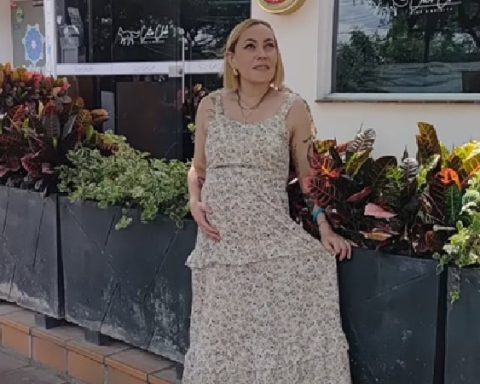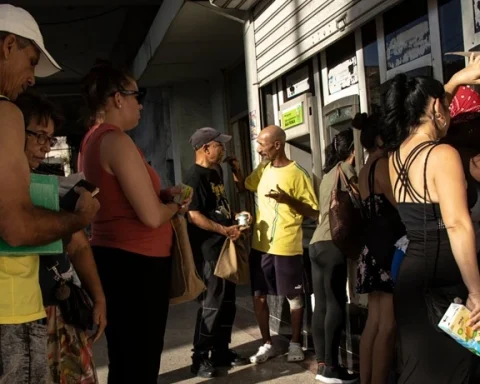The incorporation of energy efficiency criteria in the construction and remodeling of homes and commercial buildings collides with two phenomena that constitute a more dangerous risk than they appear, such as the lack of awareness of many professionals and the deceptions that supposedly ecological attitudes represent but which, strictly speaking, are just a facade with exclusively commercial interests.
The last of the aforementioned factors began to become known three decades ago as “greenwashing”, a kind of “green image wash” that with less luck tried to call itself “eco-laundering”, and that was born as a criticism of a group of large American companies that sought to impose marketing supposedly in favor of environmental care, when in reality they were one of the main contaminants.
Although the concept of greenwashing was born in the field of the chemical industry, it quickly spread to other sectors and for some time it was taken as its own by construction.
Interview with Gerardo Wadel
In dialogue with Télam, the architect Gerardo Wadel defined greenwashing as the attempt to “convince with misleading information that a contribution is being made to quality of life and environmental care, when in reality the opposite is true.”
“It happens a lot with food and medicines, but if there is no verifying entity (such as Anmat in Argentina, or when a doctor’s license plate appears when speaking on TV) it is practically impossible to unmask them,” warned Wadel, with extensive experience in Argentina and Spain, where he is a research professor at the Ramón Llull University of Barcelona and an accredited evaluator of the Green Building Council’s Green certification.
Greenwashing is more common than is believed and in this regard other architects brought up several examples: “some want to make believe that by placing a few plants they fixed the problem,” said Silvina López Planté, member of the Group of Institutions for Energy Labeling of Housing, while Federico García Zúñiga, technical consultant of the National Association of Insulating Materials Industries (Andima) questioned, for example, the undertakings that do not have the appropriate geographical orientation or the corresponding thermal insulation, but that “try to hide it by placing photovoltaic panels”.
Anyway, Wadel rescues that “there are mechanisms in the construction” that allow users and interested parties in general to access the correct information. “There are the professional associations, the public administration, the INTI and professors from the faculties of Engineering or Architecture.”
Within this framework, he stressed the importance of insisting on the labeling of homes, “which is not an opinion or the vision of a real estate developer who can say anything for the benefit of his venture, but rather has an evaluated, contrasted, technical procedure behind it. accepted, accredited and tested in many parts of the country, which is established as a yardstick, as a measurement system”.
The possibilities of progress in labeling and energy efficiency have some obstacles both legally and in terms of awareness in professional training: in the first case, Wadel pointed out that the regulations “do not have sanctions for non-compliance” and in the Argentine legal system “are the responsibility of the municipalities”, in addition to having “very general and comprehensive definitions, which do not become a specific requirement” as if the Traffic Law said “try not to cross the red light” “.
“The energy labeling system is voluntary, but it would be good to establish a calendar so that it becomes mandatory at a certain time,” he said.

Parallel to the gaps in the law is the lack of awareness, both in the general public and in construction professionals themselves, and in this regard, Wadel challenges “asking an architect how much energy the last building he designed consumes, You probably won’t know what to say.”
“No dimension of the magnitude of the problem is taken, we have never asked ourselves how much a building spends, relatively little is taught,” he lamented, while going beyond the context of an isolated venture to relate this lack of awareness to aspects that make to macroeconomics, because, ultimately, he considered that “it is about saving resources and making the country more independent”, in times of energy restrictions throughout the world.
For Wadel, despite the adversities mentioned “there are possibilities to do better, with a sector of manufacturers and trained professionals”and to advance in this sense, awareness must cover all areas of society, “from the bottom up, from the top down and, above all, transversally”.
“It is possible to assume a large number of things, trying to institute a deep work, an important change in the construction, in order to be able to provide a habitability service, but with much less or zero environmental impacts if we talk about energy consumption”, and that “implies get out of the comfort zone, make a profound reconsideration of what one does”, he concluded.


















